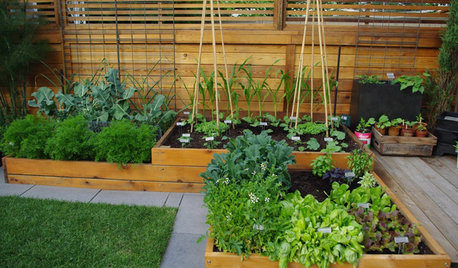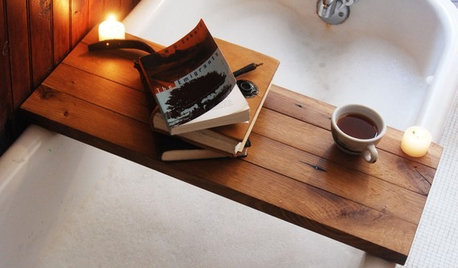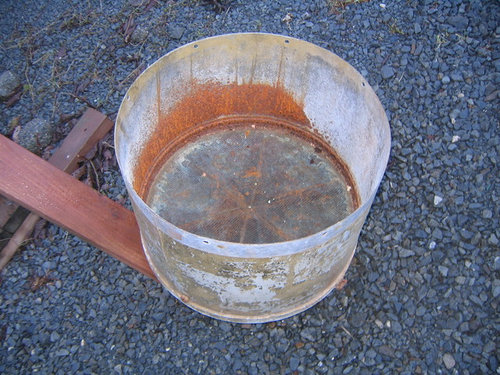water retension experiment
sgull
10 years ago
Related Stories

LIFEThe Good House: An Experience to Remember
A home that enriches us is more than something we own. It invites meaningful experiences and connections
Full Story
LIFEFrom the Wild, Home: Elements of a Landscape of Experience
See how simplicity, mystery and lessons from nature can help you create a rich garden experience at home
Full Story
FEEL-GOOD HOME10 Essentials for Enjoying a Spa-Like Experience at Home
These ingredients will help create a bathroom setting conducive to relaxation
Full Story
MOST POPULARExperience the Holidays at Frank Lloyd Wright's Home and Studio
Handmade decorations, greenery and gifts show how the famed architect and his family celebrated Christmas in their Oak Park home
Full Story
URBAN GARDENSExperiments Aplenty Fill Vancouver Edible Garden
Lush and brimming with test landscape plantings, a Canadian garden appeals to the eye and the palate
Full Story
HOLIDAY HOME TOURSExperience a Victorian Christmas at the Gibson House
Step back in time into the extravagant and carefully preserved Boston residence of a wealthy widow, decorated elegantly for the holidays
Full Story
LANDSCAPE DESIGNArt Brings a New Experience to Modern Home Exteriors
Sculptures and paintings on a home's exterior can create impact and interest before anyone even steps inside
Full Story
HOUZZ TOURSHouzz Tour: A Hard-to-Find Door Just Adds to the Experience
A roundabout entry allows guests to fully enjoy this modern cedar box perched over a creek in Austin, Texas
Full Story
BATHROOM DESIGNGuest Picks: The Perfect Bath Experience
Get ready for fancy bath time with glam fixtures, bath salts and a bottle of champagne (or two)
Full Story
GREEN BUILDINGHouzz Tour: Going Completely Off the Grid in Nova Scotia
Powered by sunshine and built with salvaged materials, this Canadian home is an experiment for green building practices
Full Story







ronalawn82
greentoe357
Related Professionals
Surprise Landscape Architects & Landscape Designers · Canton Landscape Contractors · Deerfield Landscape Contractors · Phoenix Solar Energy Systems · Maple Grove Solar Energy Systems · Quincy Solar Energy Systems · Riverside Solar Energy Systems · Chicago Window Contractors · Lansdowne Window Contractors · Plainview Window Contractors · Sarasota Window Contractors · Marana Fence Contractors · Memphis Fence Contractors · Olney Fence Contractors · Voorhees Fence Contractorsseysonn